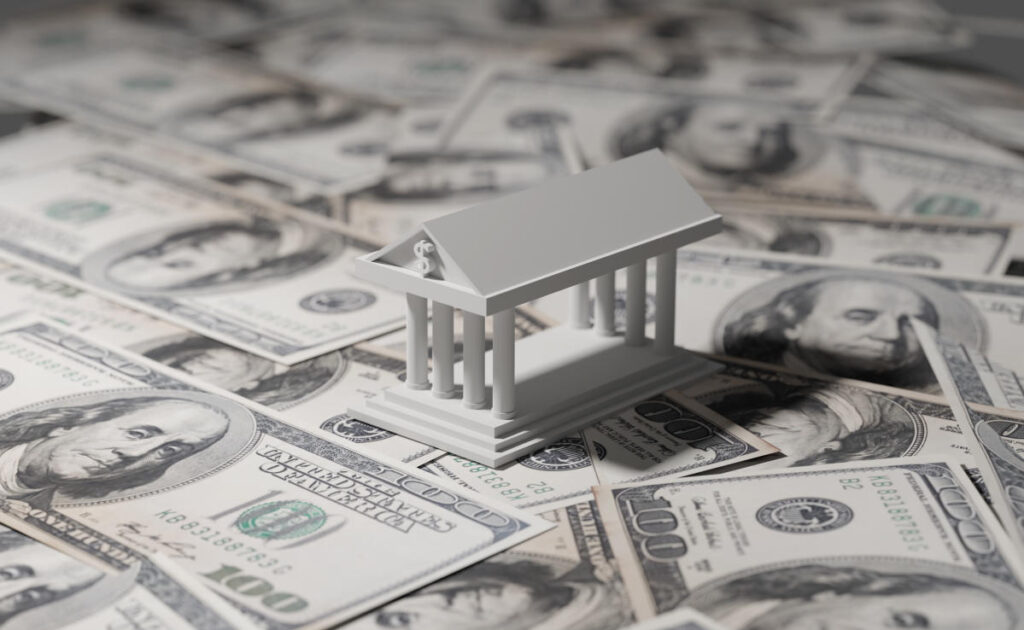The federal funds rate is a crucial element that plays a significant role in shaping both individual financial situations and the economy at large. Set by the Federal Reserve, the central bank of the United States, the federal funds rate determines the interest financial institutions can charge each other for overnight loans. Adjustments to this target rate influence interest rates across various consumer financial products, including bank accounts, loans, and credit cards. Consequently, changes in the federal funds rate directly affect how much individuals earn from their deposits and how much they incur in borrowing costs. As of recent meetings, the Fed has made notable shifts, adjusting the target range from 4.75%-5.00% down to 4.25%-4.50% after cutting rates multiple times.
Historically, the federal funds rate has shown considerable volatility influenced by significant economic events. Notably, the early 1980s were marked by record inflation exceeding 13%, leading the Fed to hike interest rates dramatically to combat the resulting economic instability, raising the federal funds rate to over 19%. This period, identified as the end of the “Great Inflation,” represented a crucial turning point shaped by expansive monetary policies that initially spurred growth but eventually fell into inflationary pitfalls. In contrast, various economic crises, such as the bursting of the dot-com bubble in the early 2000s and the housing market crash in 2007, prompted the Fed to lower the rates significantly to stimulate economic activity and recover from downturns.
The events of September 11, 2001, further exacerbated economic challenges, resulting in another round of rate cuts due to diminished consumer confidence and a sharp decline in economic activity. In the subsequent decade, rates were slashed once more to address the ramifications of the economic collapse following the Great Recession, achieving a near-zero target range by December 2008. This environment remained until the onset of the COVID-19 pandemic in early 2020, which triggered another reduction in rates as the economy faced supply chain disruptions, increased unemployment, and reduced activity. As a result, the Fed adopted an aggressive monetary policy stance to support a faltering economy.
The trajectory shifted beginning in March 2022 with a series of incremental rate hikes aimed at curbing rampant inflation that had surged as pandemic-related lockdowns and restrictions eased. Throughout this tightening phase, the Fed implemented 11 rate increases by July 2023, responding to inflation that gravitated towards an uncomfortable level significantly above their 2% target. By September 2024, as inflation indicated signs of subsiding, the Fed began initiating rate cuts, reversing much of the policy enacted in earlier years in a bid to foster economic stability and restore balanced price levels.
The multi-phased approach of the Fed to adjust monetary policy aims to maintain equilibrium in employment and inflation goals, a balance that officials described as being ‘roughly in balance’ during recent meetings. As of now, the Fed’s decisions reflect a carefully navigated strategy to respond to evolving economic signs. Further rate cuts are anticipated in 2025 or potentially even in 2026, signaling the Fed’s proactive stance in addressing ongoing economic challenges while promoting sustainable growth.
With its next meeting scheduled for January 28-29, 2025, markets and consumers alike remain watchful for hints at the Fed’s future direction on the federal funds rate. As the Fed continues to assess economic indicators, many individuals may find themselves pondering the implications of these decisions on their personal finances, including savings rates and borrowing costs. Understanding the historical context behind such adjustments can offer consumers valuable insights into how the ebbs and flows of the economy can impact their daily lives and long-term financial goals.

